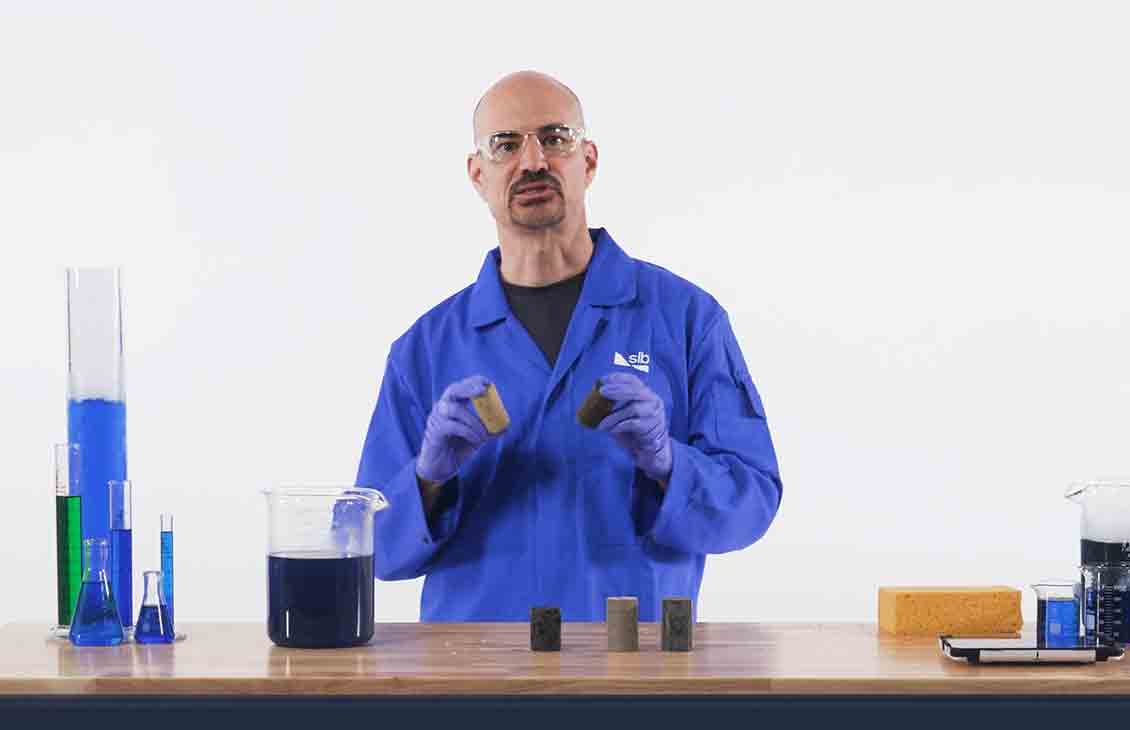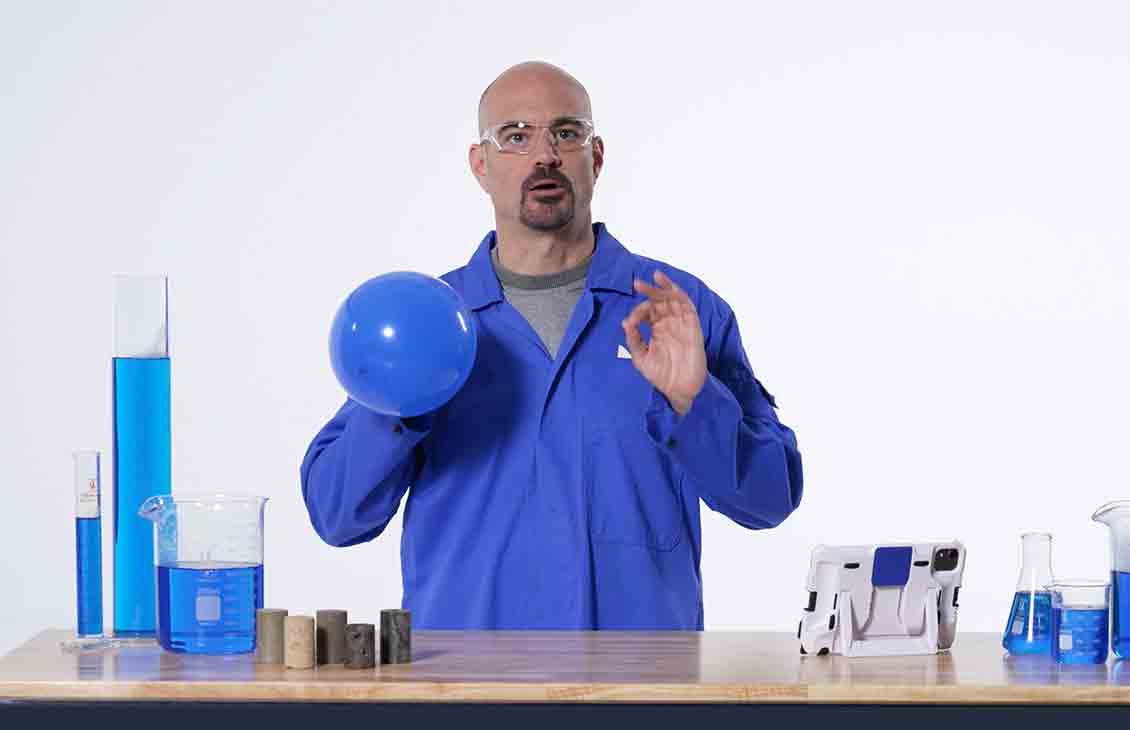How does CO2 behave below the Earth's surface?
Published: 09/08/2023

How does CO2 behave below the Earth's surface?
Published: 09/08/2023

How does CO2 behave below the Earth's surface? When CO2 is injected underground during carbon storage, saline rock reservoirs—those housing salty water also referred to as "brine"—are prime candidates. The interaction between the rock, CO2, and brine is unique from project to project. So understanding the composition of each is crucial for derisking operations.
Learn from Science Rob about the rock-brine-CO2 interaction and how it impacts carbon storage. This and other subsurface insights plays a crucial role in evaluating carbon storage sites for appraisal. Learn more about carbon storage evaluation measurements and how they are an early, critical step in any carbon sequestration project.
Science Rob video series
-

What Makes a Good Reservoir to Inject and Store CO2?
Science Rob, Episode 1Learn from Science Rob how rock porosity and permeability help us understand and optimize carbon storage.
-

How Do You Keep CO2 Underground?
Science Rob, Episode 2Learn from Science Rob what makes a good reservoir "seal" and how this enables reliable carbon storage.
-

Putting Rocks to the Test for Reliable Carbon Storage
Science Rob, Episode 4Kitchen science meets geomechanics: Learn from Science Rob how rocks (and food) react to stress.
-

Delving Downhole: What the Reservoir Reveals About Carbon Storage
Science Rob, Episode 5Learn from Science Rob how sound waves travel through rock and the impact on carbon storage.
